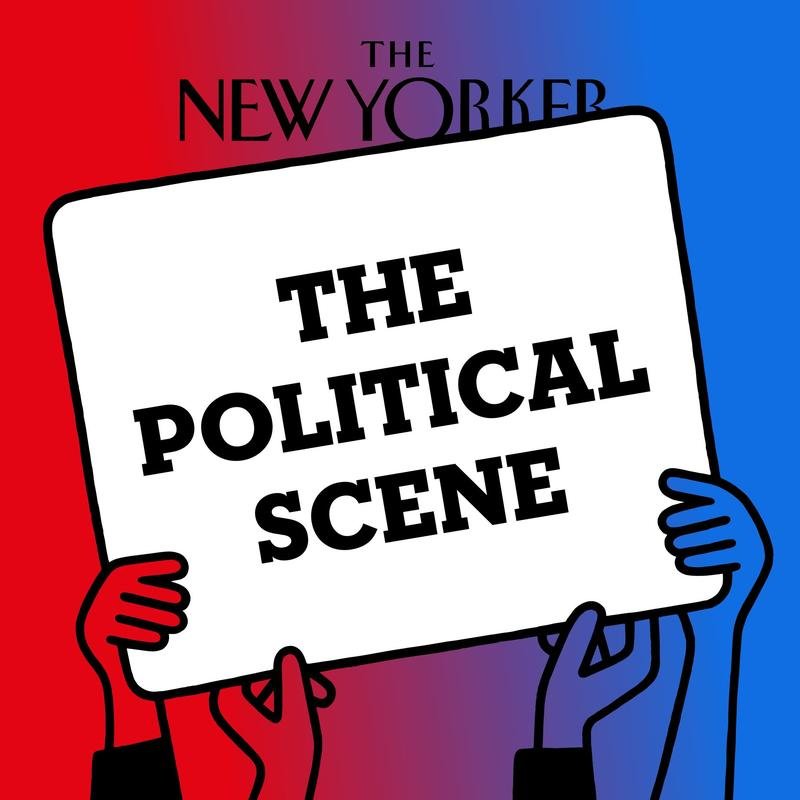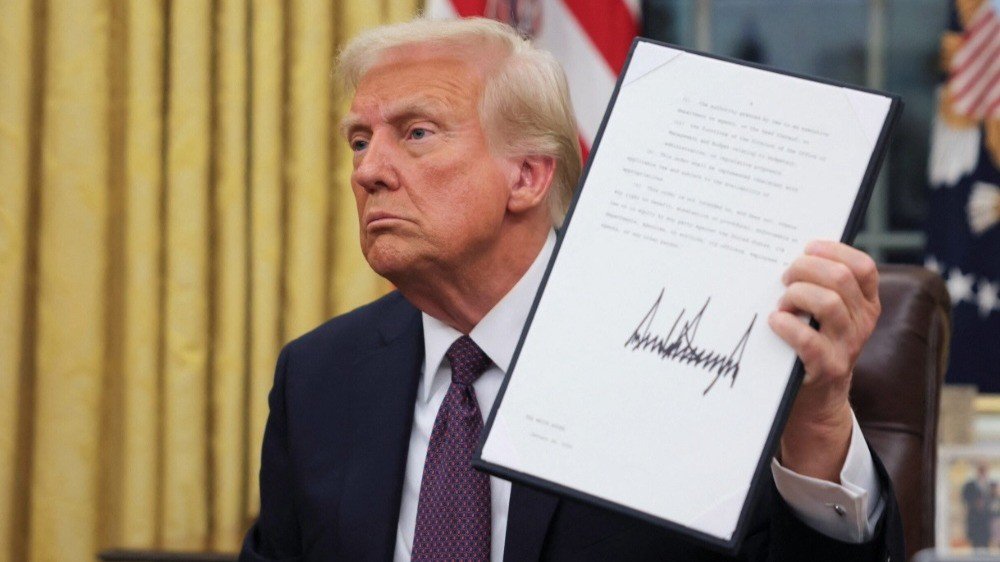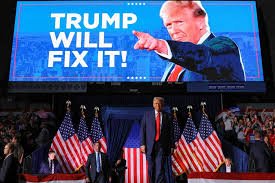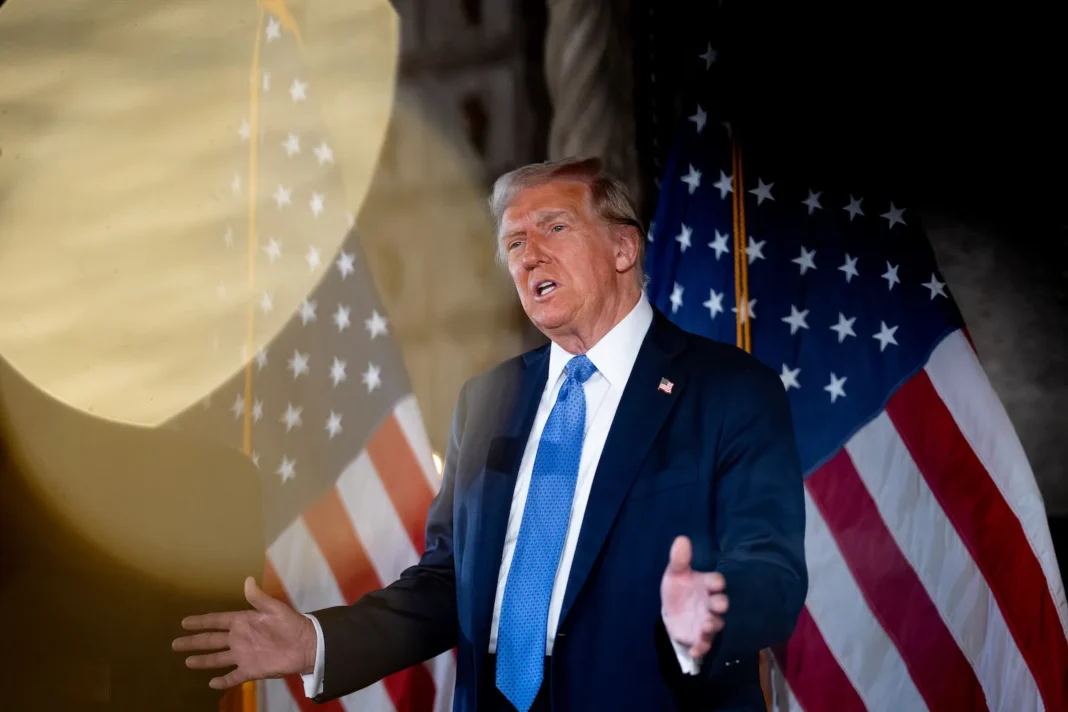The United States presidential decision in 2024 has touched off strong discussions about the country’s future course. Among the most charming conceivable outcomes is the prospect of a Second term for previous President Donald Trump, commonly alluded to as “Trump 2.0.” Whereas the race results will eventually decide the political scene, the suggestions of a potential Second term on different divisions of the economy, including Wealth administration, are significant. For high-net-worth people (HNWIs) and Wealth directors, understanding the potential impact of a Trump organization in 2025 and the past is vital for making educated choices around investment techniques, asset allocation, and overall financial planning.
In this article, we investigate what a Second term of Donald Trump might mean for Wealth administration, considering his approaches, their potential impacts on the economy, and the suggestions for speculators. The article will dig into a few key zones, counting charge arrangement, administrative changes, financial development, worldwide exchange, and the broader showcase environment. For Wealth supervisors and financial specialists, exploring a Trump organization seems to display both openings and dangers that must be carefully assessed and managed.
1. The Political Scene and Trump 2.0

a) The Return of Trump’s Financial Agenda
If Donald Trump secures a Second term in 2025, it’s anticipated that many of the arrangements from his first term would be returned to and extended upon. These arrangements to a great extent emphasized pro-business, deregulatory measures pointed at cultivating financial development and work creation. His administration’s center was on charge cuts, deregulation, energy freedom, and trade arrangement changes, all of which have direct suggestions for Wealth management.
For Wealth directors, understanding Trump’s financial arrangements and how they might advance in a Second term is crucial for foreseeing potential market developments, shifts in tax collection, and administrative changes that will affect their clients’ wealth.
b) Assess Approach and Wealth Management
One of the most noteworthy components of Donald Trump’s first term was the Tax Cuts and Jobs Act (TCJA) of 2017, which cut corporate tax rates and decreased individual pay charges. Beneath Trump 2.0, there are a few likely scenarios for asset arrangement, each with vital suggestions for Wealth management.
Corporate Charge Rates
Trump’s first term centered on bringing down the corporate tax rate from 35% to 21%. This corporate charge cut was a major triumph for businesses and speculators, as it permitted companies to reinvest more in operations, share buybacks, and profits, all of which benefitted financial specialists. A Second term may see a continuation or indeed an extension of this charge decrease, as Trump’s financial approaches tend to favor pro-business measures.
For Wealth supervisors, this would likely cause that corporate benefits may proceed to rise, and trade valuations may stay solid. Financial specialists who hold stock in freely exchanged companies would benefit from this expanded corporate profitability.
Individual Salary Charge Cuts
In Trump 2.0, person charge cuts might see an expansion or indeed an extension. If assess brackets stay at decreased levels, high-net-worth people seem to see more expendable income, which may be funneled into ventures, extravagance investing, or charitable commitments. The maintenance of lower charge rates for people might empower shopper investing, which in turn boosts the economy and may have positive suggestions for value markets.
However, there may moreover be a thrust to decrease capital picks up charges. If assess cuts are amplified to incorporate decreases in long-term capital picks up charges, Wealth directors would likely see expanded venture action, particularly in the value markets, as clients look for to maximize their after-tax returns.
Estate Charge Reform
Under a Second term, Trump may push for advanced changes to the domain charge, which he endeavored to do during his first term. Whereas the TCJA diminished the estate tax rate and expanded the exclusion edges, there are still growing concerns around the effect of the bequest charge on high-net-worth families. A Second term might see endeavors to dispose of or encourage decrease bequest charges, which would benefit Wealth management clients by allowing them to pass on more Wealth to future generations.
c) Deregulation and Its Affect on Wealth Management
Deregulation was a central topic of Trump’s first term. He rolled back a noteworthy number of controls over different segments, counting keeping money, healthcare, and the environment. The reasoning behind this was to diminish the compliance burden on businesses, in this manner empowering financial development and work creation.
In a Second term, Trump would likely proceed with this deregulatory plan, especially in zones that affect monetary markets. The monetary administrations industry, for illustration, may see advance deregulation of certain keeping money and speculation hones. For Wealth supervisors, deregulation seems tos make openings to explore a more adaptable venture environment, but it might also increase risks, especially if oversight in ranges like lending, resource management, and securities trading is relaxed.
Furthermore, deregulation may have suggestions for the broader economy, particularly in segments such as vitality, genuine bequest, and healthcare. These businesses regularly have a noteworthy impact on showcase execution, so any changes might make openings for Wealth managers to alter client portfolios accordingly.
d) An Effect on Worldwide Exchange and Remote Investment
Trump’s first term was stamped by a move toward protectionism and a renegotiation of exchange agreements. He started exchange wars with China, executed taxes on steel and aluminum imports, and pulled back from a few universal agreements. In his Second term, Trump would likely proceed to center on securing favorable exchange terms for the United States, with a specific accentuation on decreasing exchange shortages and bringing fabricating employments back to the country.
For Wealth supervisors, these approaches may result in instability in worldwide markets, particularly for companies dependent on global exchange. On one hand, the thrust to make more pleasant exchange terms may advantage American businesses by decreasing competition from remote markets. On the other hand, protectionist approaches might disturb supply chains, increase costs for shoppers, and harm multinational companies.
From a Wealth administration point of view, speculators might find themselves facing a more unstable market environment, especially in segments subordinate on the global exchange. The instability of exchange wars and duties may affect the execution of universal ventures and multinational corporations.
However, on a more positive note, a Trump 2.0 organization might offer openings for Wealth supervisors to direct clients toward businesses that benefit from protectionist approaches, such as domestic manufacturing or divisions that see development from diminished remote competition.
2. What Wealth Supervisors Ought to Anticipate in 2025

a) Showcase Execution and Venture Strategies
In Trump’s first term, the stock market experienced significant gains, with the S&P 500 and other lists coming to all-time highs. Even though the advertisement was affected by the worldwide pandemic, Trump’s arrangements to a great extent contributed to financial development, and his charge changes were seen as a boon for organizations and investors.
For Wealth supervisors, a Second term for Trump may give proceeded showcase development, particularly if corporate tax cuts stay in place and the deregulation motivation advances. The broader center on pro-business approaches might back higher value valuations, possibly profiting high-net-worth clients who hold noteworthy stock portfolios.
However, Wealth supervisors must also plan for potential instability. A Trump organization may increase the risk of geopolitical pressures, particularly with countries like China, and these pressures might influence markets in unforeseen ways. Moreover, protectionist approaches may adversely affect segments dependent on worldwide exchange, such as innovation and consumer products. Hence, Wealth directors will require to be adaptable and expand client portfolios to minimize risk.
b) Elective Speculations and Genuine Estate
Trump’s first term moreover saw a resurgence in interest for elective speculations, counting genuine bequest. As the genuine domain division is one of Trump’s key interfaces, a Second term may lead to arrangements that favor genuine bequest speculation. For occurrence, assess motivations for genuine domain engineers and speculators, or assist deregulation of zoning laws, which may open up unused openings in the genuine domain market.
Wealth directors may see to capitalize on these potential openings, advertising clients’ expanded portfolios that incorporate commercial genuine domain, private properties, and indeed worldwide genuine domain, especially if Trump’s trade agreements open up the worldwide markets.
c) Mechanical Investments
Trump 2.0 is anticipated to proceed his first term’s focus on innovative development, particularly in regions like 5G, artificial intelligence, and cybersecurity. The administration’s support for innovative technology may lead to expanded funding and incentives for companies working in the tech space.
For Wealth directors, this presents an opportunity to direct clients toward developing innovation speculations. The proceeded development of technology-driven companies seems to give financial specialists with high-growth openings, especially in the areas of computer program improvement, fintech, and automation.
d) Social and Financial Inequality
While Trump’s arrangements center intensely on advancing development and lessening controls, the impacts of his approaches on social imbalance are a petulant issue. Wealth supervisors may need to account for the broader suggestions of this Wealth hole when prompting clients, particularly those concerned with social affect and moral investing.
In a Second term, Wealth directors may confront developing weight to coordinated social and natural contemplations into their speculation techniques. Trump’s organization may proceed to emphasize financial development, but Wealth directors will need to adjust this with the growing demands for socially responsible and impact-driven investments.
3. Conclusion: Planning for the Future Beneath Trump 2.0

A Second term for Donald Trump would likely bring critical changes to Wealth administration methodologies, as his approaches and their effect on the economy, markets, and tax collection proceed to unfurl. Wealth directors must remain educated and stay adaptable in adjusting to modern political and financial substances. Whether it’s exploring changes in the assessment law, altering portfolios for instability, or seizing openings in developing businesses, financial specialists must get ready for both the challenges and opportunities that a Trump organization will bring.
By understanding the key financial drivers of a potential Trump 2.0 presidency—such as tax cuts, deregulation, protectionist exchange approaches, and the potential for increased market growth—wealth managers can position themselves and their clients to flourish in 2025 and beyond.
